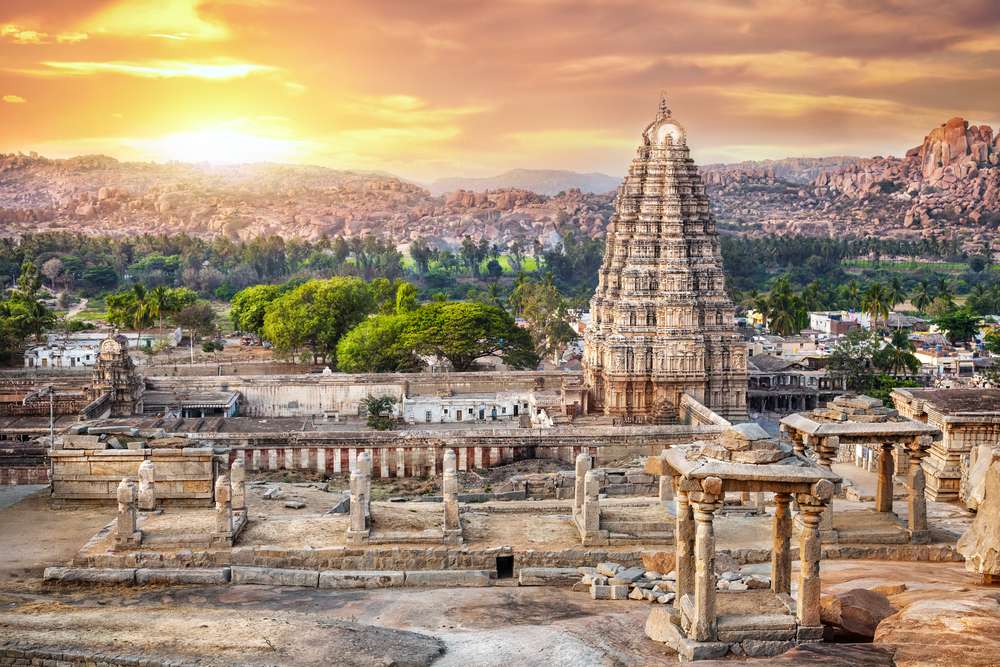India’s history is a tapestry woven with the threads of ancient civilizations that have risen and fallen over millennia. Beyond the well-known chapters of Indian history lie untold stories of fascinating civilizations and lost civilizations that have left an indelible mark on the subcontinent’s cultural and architectural heritage. In this article, we delve into the lesser-known narratives of India’s ancient civilizations, shedding light on their cultural, scientific, and artistic achievements that continue to inspire awe and curiosity.
Indian Visa for Czech Citizens
The Indus Valley Civilization: A Forgotten Marvel
The Indus Valley Civilization, also known as the Harappan Civilization, is one of the world’s oldest and most enigmatic urban societies. Flourishing in the northwest of the Indian subcontinent around 3300 BCE to 1300 BCE, the Indus Valley Civilization developed sophisticated urban planning, drainage systems, and even a script that is yet to be fully deciphered. Cities like Mohenjo-Daro and Harappa were centers of trade, art, and governance, boasting impressive architecture and a remarkable sense of civic planning. Though the exact reasons for its decline remain a mystery, the Indus Valley Civilization’s legacy endures through its contributions to early Indian culture and civilization.
The Vedic Period: Unraveling the Vedas
The Vedic period, approximately from 1500 BCE to 500 BCE, marked a significant phase in Indian history, with the composition of the ancient religious texts known as the Vedas. These texts are considered the foundation of Hinduism and provide insights into the social, cultural, and religious practices of the time. While Vedic literature has been studied for centuries, many aspects of this period’s history and culture remain shrouded in mystery. Delving into the Vedas and their associated literature offers a glimpse into the profound wisdom and spiritual contemplations that shaped ancient Indian society.
The Mauryan Empire: India’s First Imperial Power
The Mauryan Empire, founded by Chandragupta Maurya around 322 BCE, was the first recorded imperial power in ancient India. Ruling over a vast territory, including much of the Indian subcontinent, the Mauryan dynasty left a significant impact on the region’s history. Under the reign of Emperor Ashoka, the Mauryan Empire reached its zenith, known for its promotion of Buddhism and establishment of a vast network of edicts that espoused principles of moral governance and social welfare. Despite its historical significance, many aspects of the Mauryan Empire’s administration and cultural achievements are still subjects of ongoing research and exploration.
The Gupta Empire: A Golden Age of Learning
Often regarded as India’s golden age, the Gupta Empire (c. 320 CE to 550 CE) witnessed a flourishing of art, literature, science, and philosophy. During this period, scholars made remarkable advancements in various fields, including mathematics, astronomy, and medicine. Notably, the concept of zero and the decimal system were introduced, revolutionizing mathematics and influencing global knowledge. The Ajanta and Ellora caves, architectural marvels from the Gupta period, stand as a testament to the empire’s patronage of the arts and creativity.
The Rise and Fall of Ancient Kingdoms
India’s ancient history is also marked by the rise and fall of numerous kingdoms and dynasties, each leaving behind unique tales and legacies. The Kushan Empire, known for its cultural fusion of Indian, Greek, and Central Asian influences, played a significant role in promoting trade along the Silk Road. The Chola Dynasty, based in South India, left an indelible mark on art and architecture, as seen in the majestic temples of Thanjavur and Gangaikonda Cholapuram. The Pala Dynasty in the eastern part of India is celebrated for its patronage of Buddhism and contributions to art and literature.
Conclusion
India’s ancient history is a treasure trove of untold stories and lost civilizations that have contributed to the country’s diverse and vibrant heritage. From the mysterious Indus Valley Civilization to the profound wisdom of the Vedas, the grandeur of the Mauryan and Gupta Empires, and the artistic splendor of the Cholas and Palas, each chapter reveals the depth of India’s cultural, scientific, and artistic achievements. As historians and archaeologists continue to unearth new discoveries, the untold stories of India’s ancient civilizations and lost histories continue to captivate the imagination of researchers and history enthusiasts alike. These hidden narratives serve as a testament to the rich tapestry of India’s past and the enduring legacy of its ancient civilizations on the world stage.
